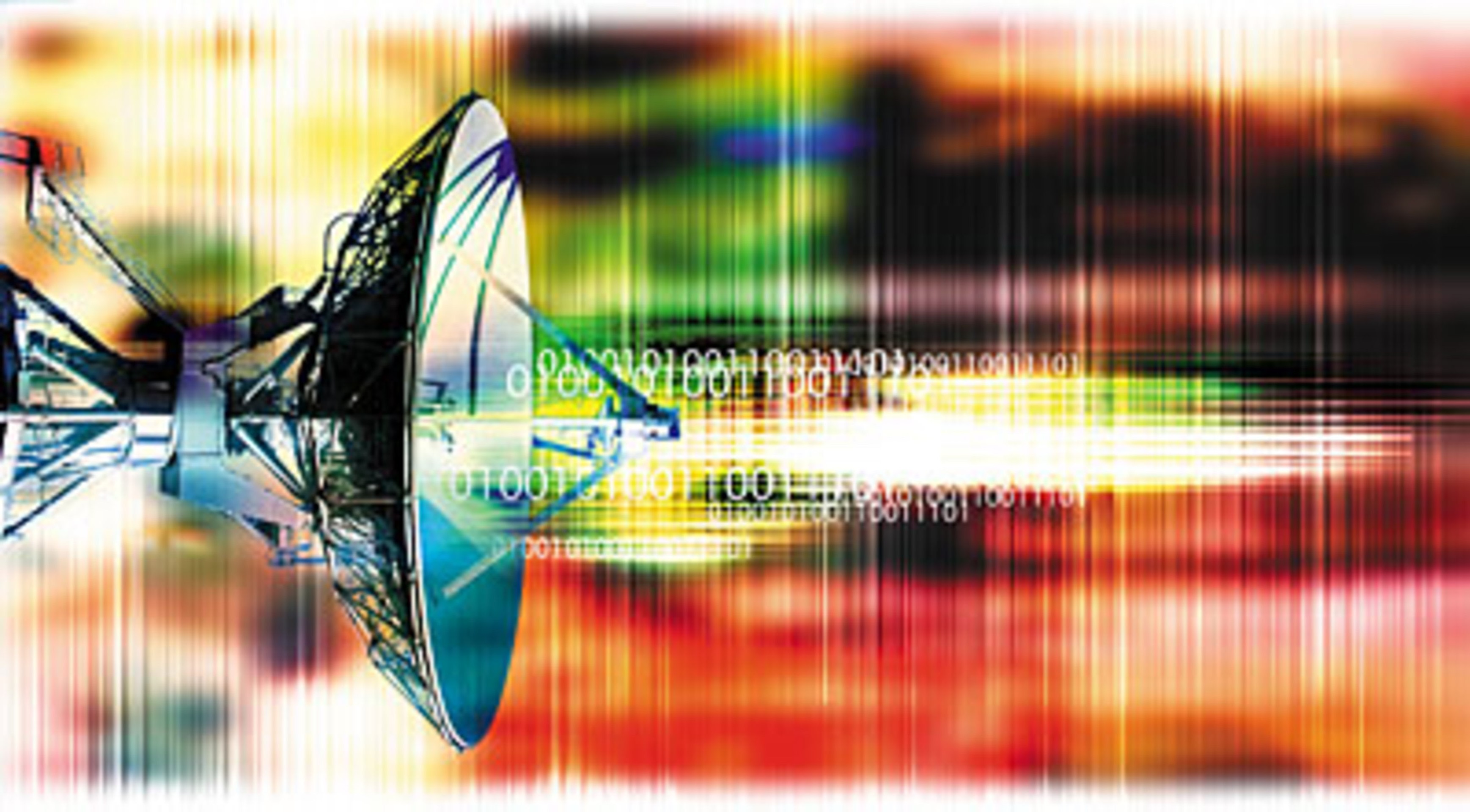
Space Safety:
Frequency Management
The spectrum of radio frequencies used to communicate with satellites is a finite commodity.
Modern life is made possible by the use of electromagnetic waves of frequencies between 30 Hertz and 300 billion Hertz (300 GHertz). Mobile phones, space missions, television and radio broadcasting, aeronautics, shipping and navigation all rely on sending and receiving these far-reaching radio waves.
To prevent interference between different signals, the generation and use of radio waves is strictly regulated.
However, this natural resource has become more and more scarce as we rely on radio frequencies for so much of our lives. The growing difficulties in frequency management fall into two categories: competition for spectrum within the space science services, and competition for spectrum from other services.
In a nutshell, frequency management involves minimising the implications of this problem for the users of satellites.
For decades, ESA has served as permanent executive secretary of the Space Frequency Coordination Group (SFCG), a technical body charged with coordinating and managing the radio waves used for communication, without which no space mission could succeed, by all space-faring organisations.
For 40 years, the SFCG has worked to ensure that radio frequencies are wisely and fairly used – work that is far more important than the committee’s technical name might suggest.
“The SFCG was started by ESA and the French space agency 40 years ago, and is one of the most mature and longest-running examples of international cooperation in space.” – Enrico Vassallo, Head of ESA’s Frequency Management Office.